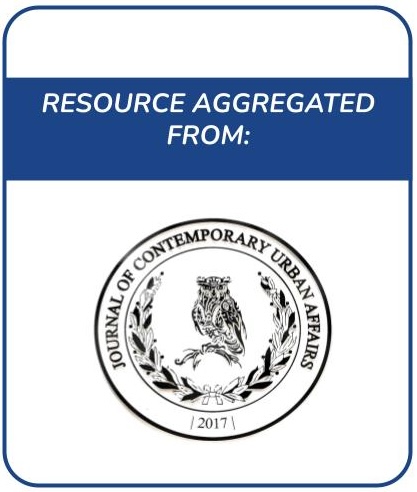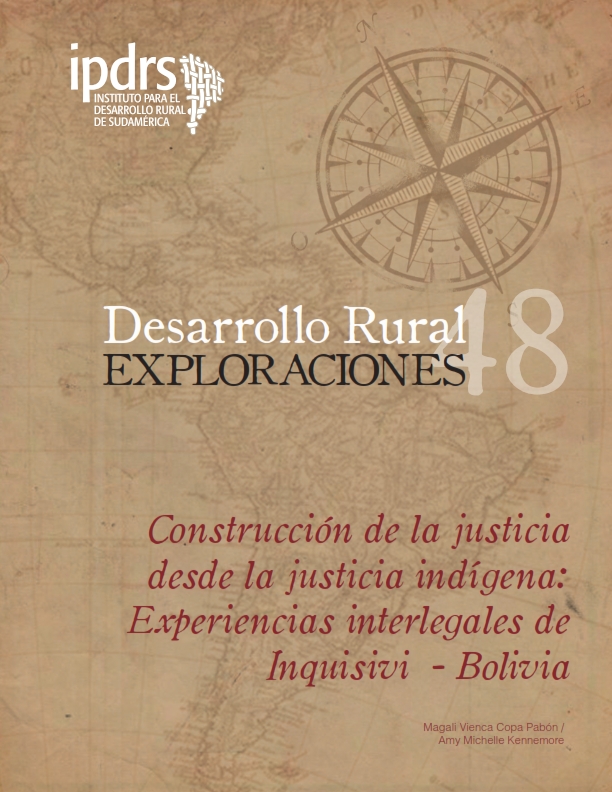City, Urban Transformation and the Right to the City
This article investigates the relationship between the transformation of cities and the right to the city To be able to do this the problems that are created by contemporary urbanization such as social exclusion poverty and environmental degradation are discussed in the first part After that with a special focus on the period starting with the industrial revolution up until today the article explains economic and political motivations behind the urban transformation This part emphasizes how urban change under different forms of capitalism creates and deepens social inequalities in cities Th







